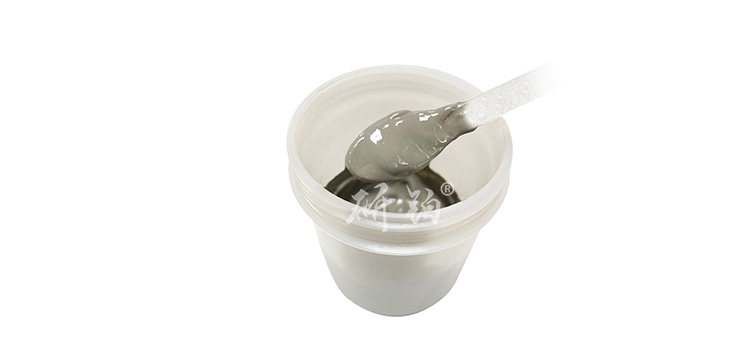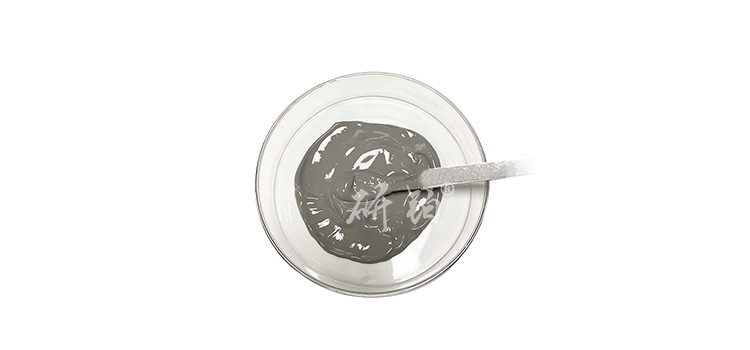In sensor technology, the conductivity of electrode materials is one of the key factors affecting sensor performance.
Silver platinum electrode pasteDue to its excellent conductivity, chemical stability, and corrosion resistance, it is widely used in the manufacturing of high-precision sensors. However, in order to fully utilize the potential of silver platinum electrode paste, it is necessary to clarify the theoretical upper limit of its conductivity and explore ways to achieve this limit. This article will explore the theoretical upper limit of electrode conductivity of sensor silver platinum electrode paste from the aspects of material properties, microstructure, and process optimization.
1、 Material properties and theoretical conductivity
Silver and platinum, as precious metal materials, have extremely high electrical conductivity. The conductivity of silver is about 6.3 × 10 ⁷ S/m, which is the highest among all metals; The conductivity of platinum is about 1.0 × 10 ⁷ S/m. Although lower than silver, its stability in high temperature and corrosive environments makes it an ideal electrode material. In an ideal state, the conductivity of silver platinum composite electrodes can be improved by optimizing the ratio and microstructure of the two to achieve higher conductivity.
In theory, the upper limit of conductivity of silver platinum electrode paste depends on the intrinsic conductivity of the material and the degree of optimization of the microstructure. According to the effective medium theory, when the volume fraction of silver in the silver platinum composite material approaches 100%, the conductivity of the electrode can approach the level of pure silver. However, in practical applications, the presence of platinum is necessary, so it is necessary to find the optimal balance point between the ratio of silver and platinum.

2、 The influence of microstructure on conductivity
Microstructure is an important factor affecting the conductivity of electrodes. exist
Silver platinum electrode pasteThe particle size, distribution uniformity, and interface contact quality of silver and platinum all have a significant impact on conductivity. Research by Advanced Institute (Shenzhen) Technology Co., Ltd. shows that silver platinum composite particles at the nanoscale can significantly improve the conductivity of electrodes. Nanoparticles have higher specific surface area and shorter electron transport paths, which can effectively reduce resistance.
In addition, by optimizing the composite structure of silver platinum particles, such as constructing a core-shell structure (silver core platinum shell or platinum core silver shell), the conductivity can be further improved while maintaining the chemical stability of the electrode. The core-shell structure can fully utilize the high conductivity of silver and the chemical stability of platinum, enabling the electrode to maintain efficient conductivity in complex environments.
3、 Process optimization and conductivity improvement
The preparation process of electrode slurry has a significant impact on conductivity.
Advanced Institute (Shenzhen) Technology Co., LtdIn the research and development of silver platinum electrode paste, advanced preparation processes, such as sol gel method and nano particle dispersion technology, were used to realize the uniform dispersion and stable suspension of silver platinum particles. By optimizing the sintering process, controlling the sintering temperature and time, the contact quality and density between particles can be further improved, thereby reducing the resistance of the electrode.
In addition, the selection and dosage of additives can also affect the conductivity of the electrode. Moderate amounts of organic dispersants and sintering aids can improve the rheological and sintering properties of the slurry, further enhancing the conductivity of the electrode. Through refined formula design and process optimization, the conductivity of silver platinum electrode paste can approach its theoretical upper limit.

4、 Theoretical upper limit of electrode conductivity
Based on the analysis of comprehensive material characteristics, microstructure, and process optimization, the theoretical upper limit of the conductivity of silver platinum electrode paste for sensors can approach the conductivity level of pure silver, which is 6.3 × 10 ⁷ S/m. However, in practical applications, due to the presence of platinum and limitations in microstructure and process, electrode conductivity is usually lower than this theoretical value. By optimizing the silver platinum ratio, constructing nanocomposite structures, and adopting advanced preparation and sintering processes, the electrode conductivity is expected to reach over 10 μ S/m.
5、 Conclusion
Silver platinum electrode paste for sensorsThe theoretical upper limit of conductivity depends on the intrinsic properties, microstructure, and preparation process of the material. Although it is difficult to fully achieve the conductivity level of pure silver in practical applications, electrode conductivity can be significantly improved through material innovation and process optimization. In the research and development of silver platinum electrode paste, Advanced Institute (Shenzhen) Technology Co., Ltd. has provided the possibility to achieve the theoretical upper limit of electrode conductivity through nanocomposite technology, core-shell structure design, and refined process control. In the future, with the further development of technology, silver platinum electrode paste is expected to have greater potential in the field of sensors, promoting the high-performance and intelligent development of sensor technology.
The above data is for reference only, and specific performance may vary due to production processes and product specifications.






